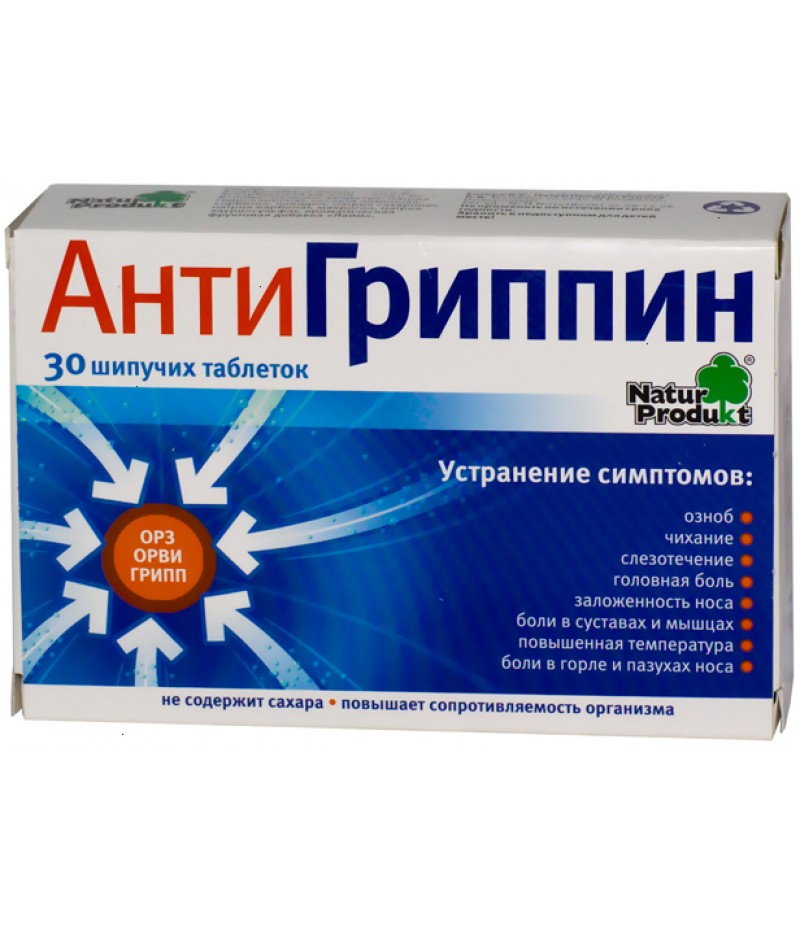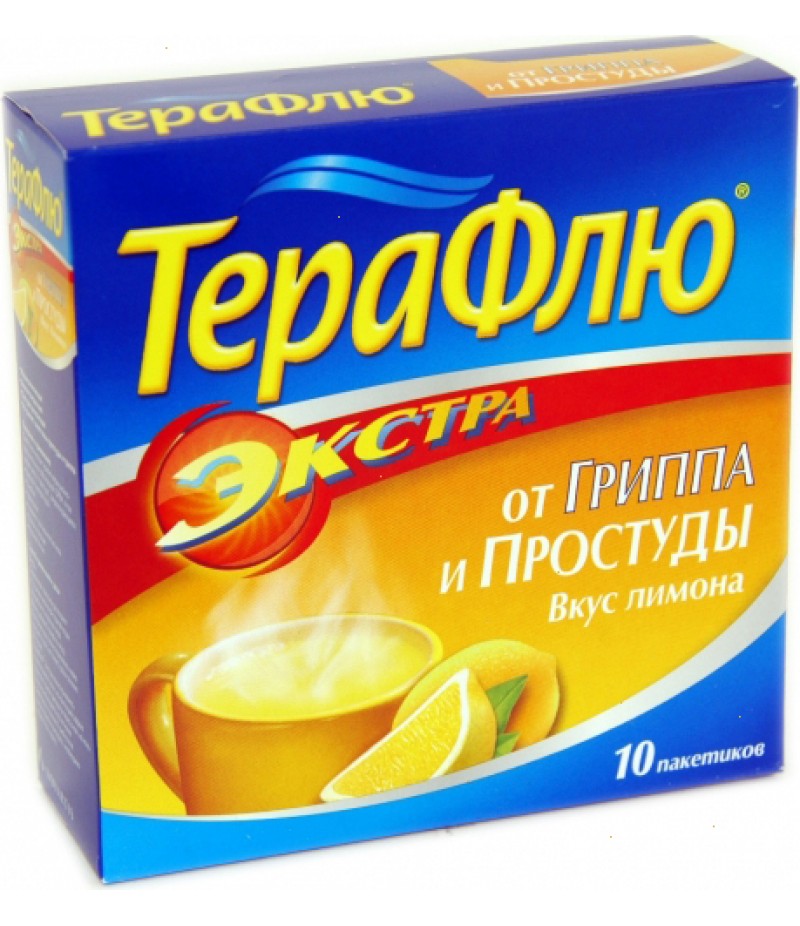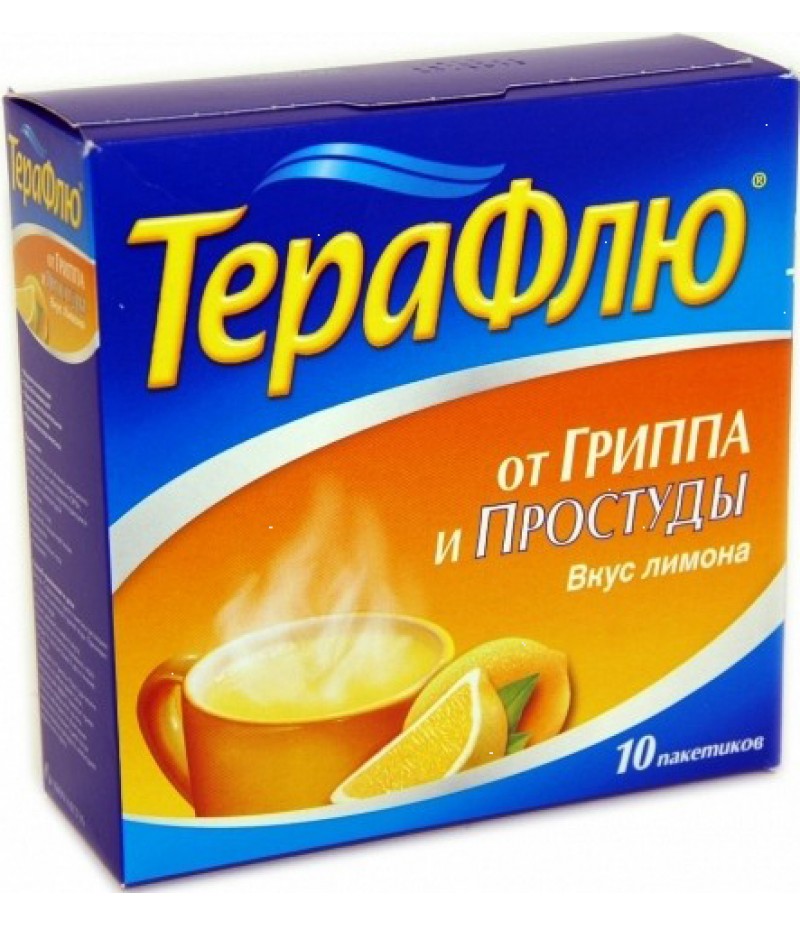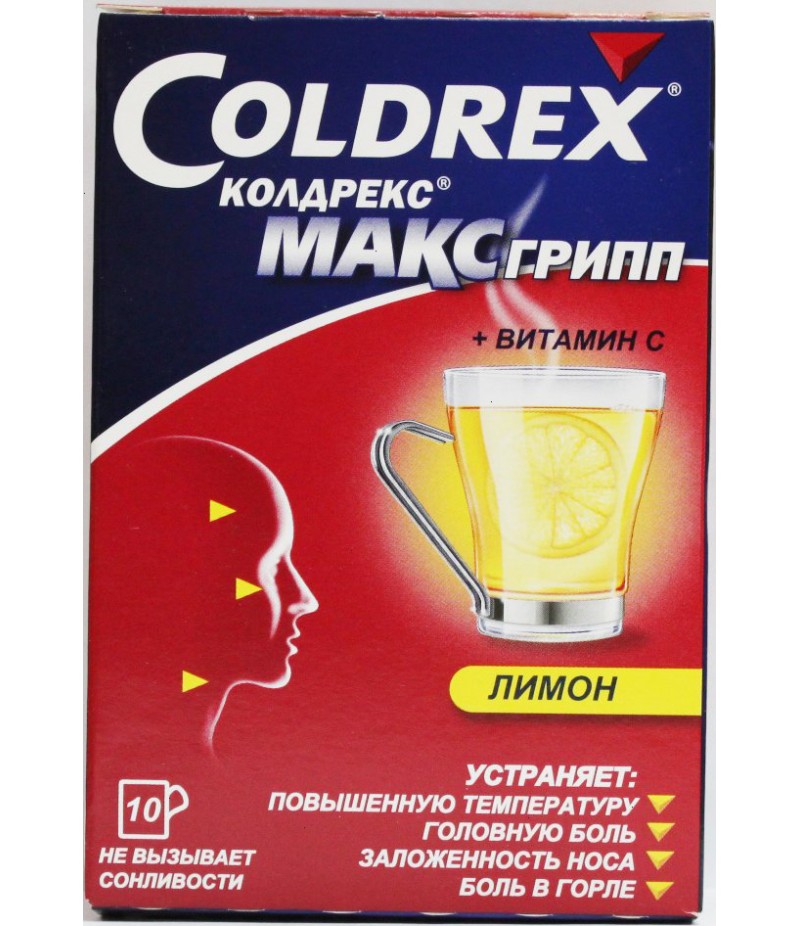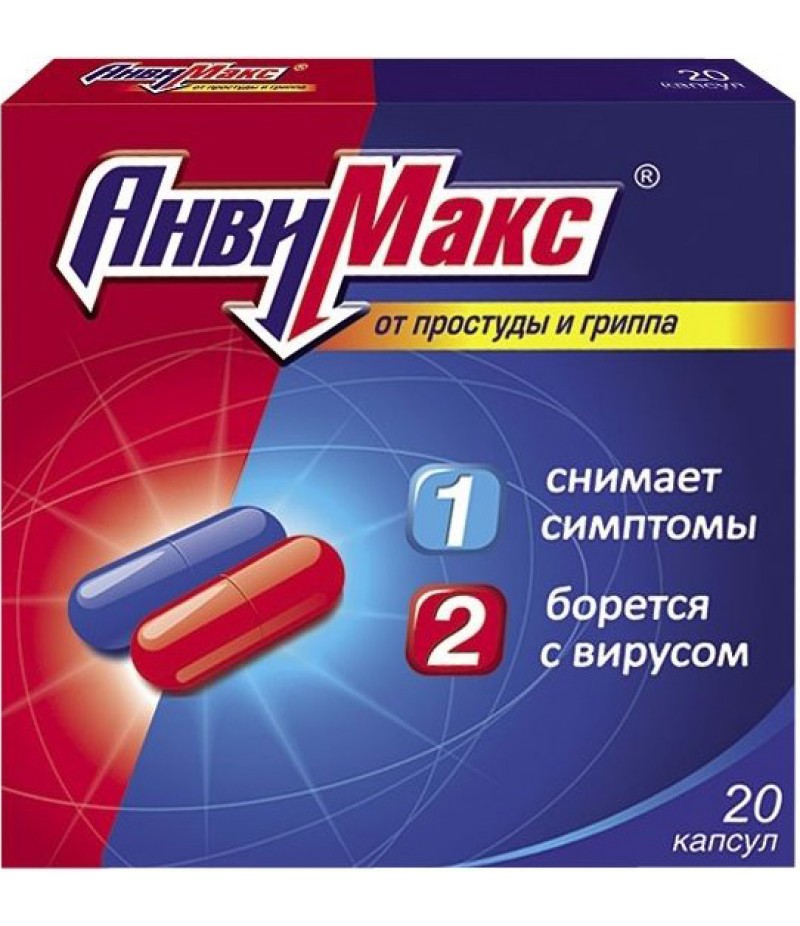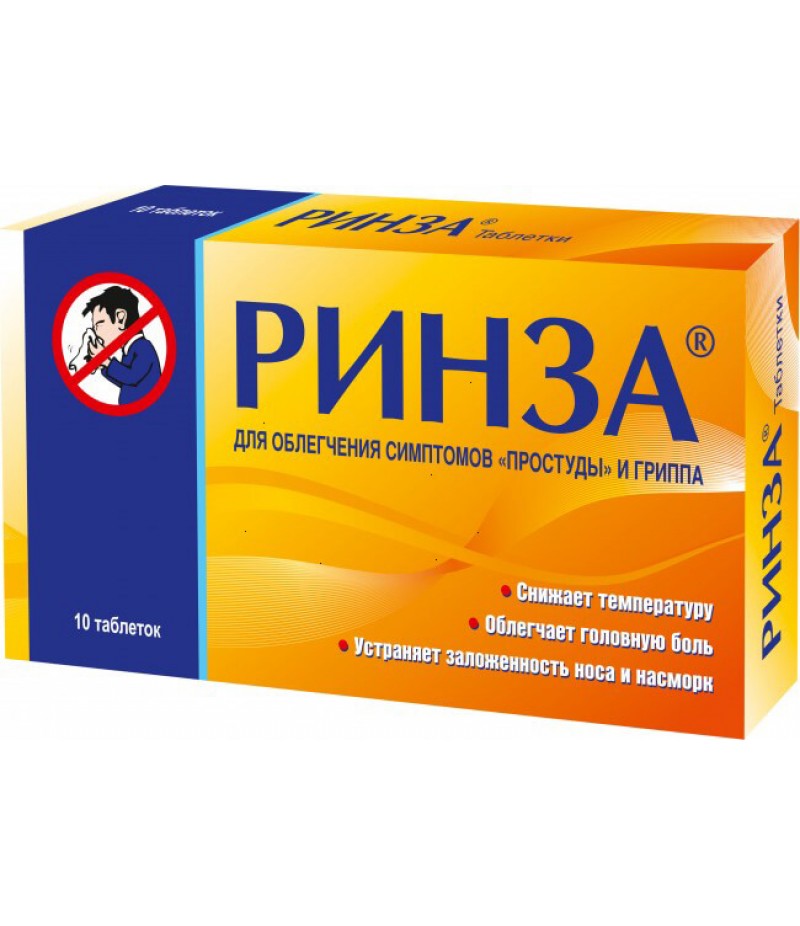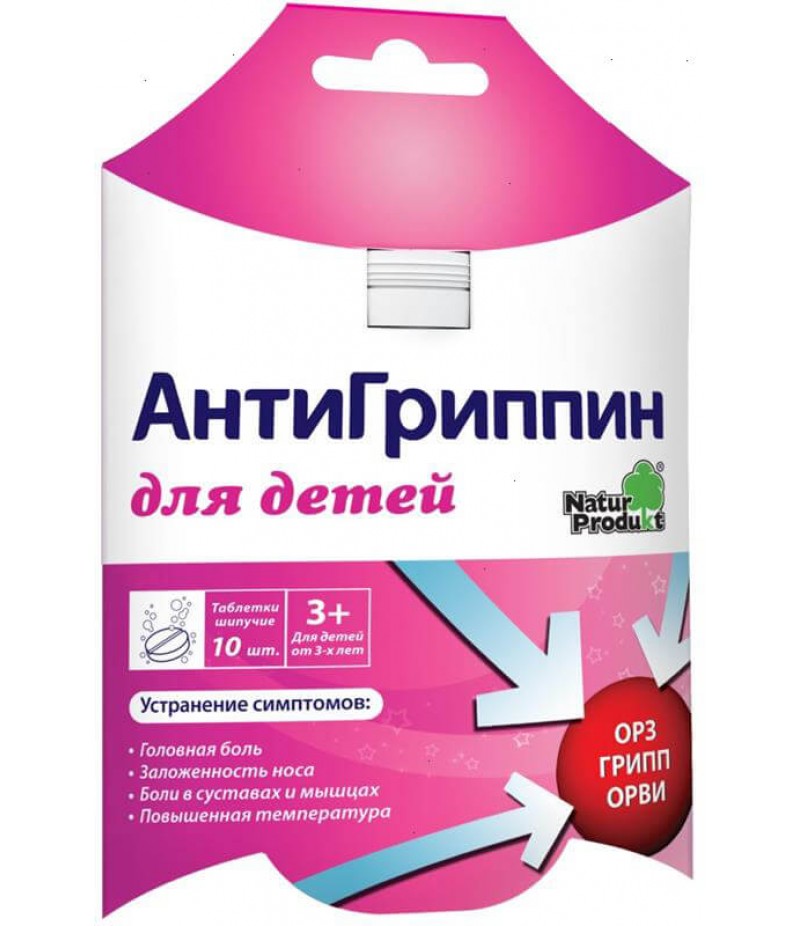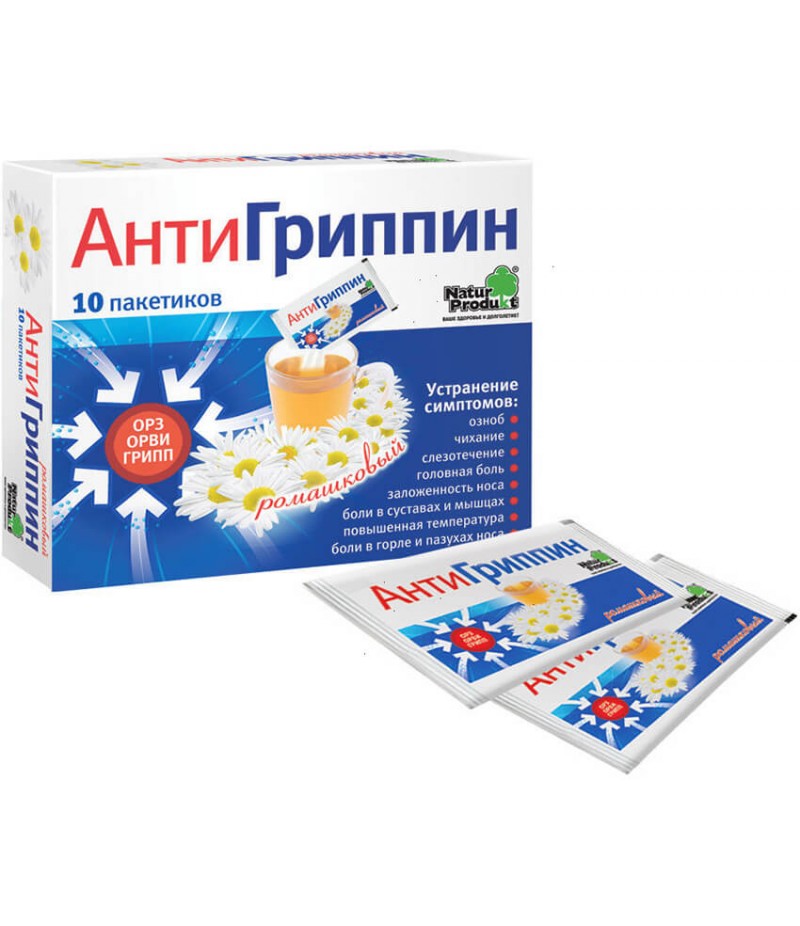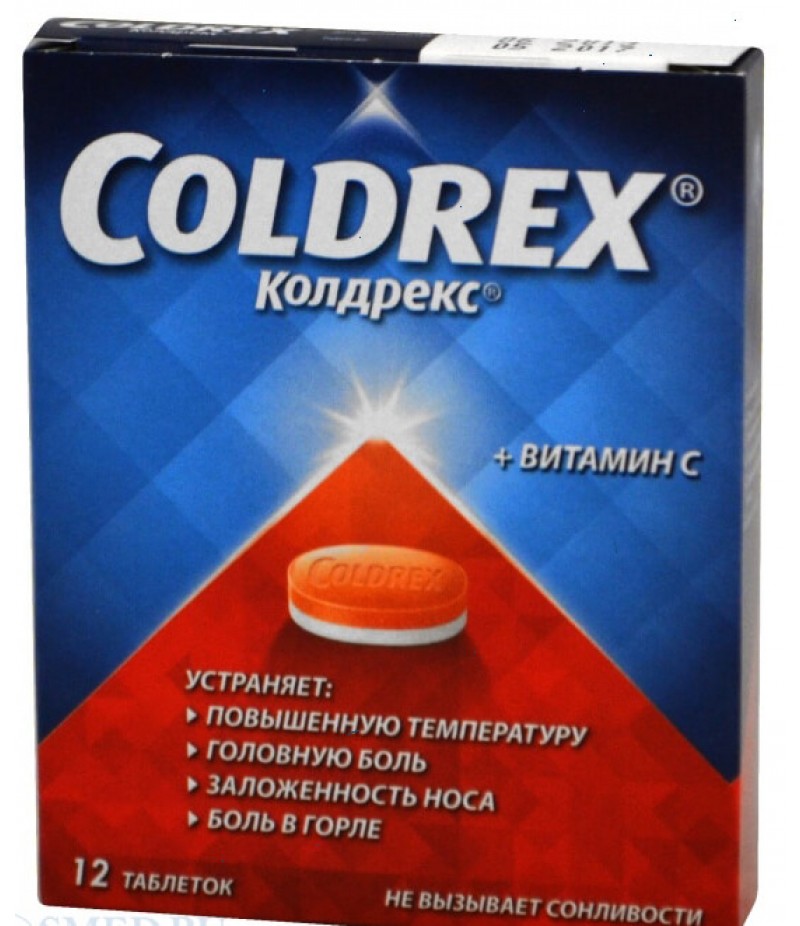Antigrippin tabs #30
- $31.69
- 3 or more $28.90
- Availability:In Stock
Antigrippin instruction for useReed more and buy Antigrippin on this pageComposition of Antigrippin 1 effervescent tablet includes paracetamol 500mg, ascorbic acid 200mg, chlorphenamine maleate 20mg. ..
Tags: tabs
Antigrippin instruction for use
Reed more and buy Antigrippin on this page
Composition of Antigrippin
1 effervescent tablet includes paracetamol 500mg, ascorbic acid 200mg, chlorphenamine maleate 20mg. Additionally contains: sodium bicarbonate, citric acid, sodium saccharinate, sorbitol, sodium carbonate, povidone, sodium lauryl sulfate, macrogol, as well as lime flavoring "Lime".
Form of issue
The given preparation is made:
in the form of tablets Antigrippin effervescent in plastic cases №10, blisters number 10 or strips №2, №4, №6;
in the form of tablets Antigrippin effervescent with the taste of grapefruit or raspberries in plastic containers # 10, blisters # 10 or strips # 2, # 4, 36;
pharmachologic effect
Analgesic (analgesic), antiallergic, antipyretic.
Pharmacodynamics and pharmacokinetics
Composition of the combined therapeutic agent Antigrippin is specially selected for the greatest effectiveness of therapy of painful conditions of infectious and inflammatory etiology.
The antipyretic and analgesic of the anilide group - paracetamol - is an antipyretic and analgesic (analgesic) drug whose effectiveness is aimed at eliminating headaches and other types of pain, as well as reducing the elevated temperature.
Chlorphenamine, which represents the group of H1-histamine receptor blockers, is characterized by antiallergic action, it has a beneficial effect on nasal breathing, reduces nasal congestion, reduces itching, sneezing, lacrimation, and redness of the eyes.
The effects of vitamin C (ascorbic acid) in the preparation are aimed at regulating the processes of carbohydrate metabolism and redox reactions, as well as increasing the endogenous resistance of the organism.
Indications for use
The purpose of Antigrippin is indicated for the symptomatic treatment of disease states of infectious inflammatory etiology (influenza, ARVI) that occur with fever; nasal congestion; head, muscle and joint pain; chills; pain in the nasal sinuses and throat.
Contraindications
For all dosage forms:
erosive and ulcerative pathology of the gastrointestinal tract, which are in the phase of exacerbation;
angle-closure glaucoma;
high personal sensitivity to the ingredients of drugs;
pronounced renal / hepatic pathology.
For powder and effervescent tablets:
lactation;
phenylketonuria;
pregnancy;
alcoholism;
hyperplasia of the prostate;
age up to 15 years.
Careful use of the drug requires the following pathological conditions
For all dosage forms:
kidney / liver failure;
congenital hyperbilirubinemia;
insufficiency of glucose-6-phosphate dehydrogenase;
viral hepatitis.
For powder and effervescent tablets:
elderly age;
alcoholic hepatitis.
For flavoring tablets:
malignant diseases (progressing);
hyperoxaturia.
Side effects
For the most part, therapy with the recommended doses of Antigrippin is tolerated without any adverse effects.
In rare cases, observed:
headache;
hypoglycemia (with possible development of coma);
feeling tired;
thrombocytopenia;
nausea, with or without vomiting;
pain in the epigastrium;
urticaria;
sensation of heat;
anemia (including hemolytic);
hypervitaminosis;
skin rash / itching;
angioedema;
metabolic disorders;
dry mouth;
retention of urine;
paresis of accommodation;
drowsiness.
When taking powder and flavoring tablets, they additionally noted:
anaphylactoid reactions (including anaphylactic shock);
syndromes of Lyell and / or Stevens-Johnson.
Antigrippin, instructions for use
All dosage forms of the drug, previously completely dissolved in 200 ml of warm (not boiling water), are intended for oral (oral) reception. The prepared solution should be drunk as soon as possible after dissolving the drug, preferably between meals. The minimum recommended interval between doses of a dissolved drug is 4 hours.
The instructions for Antigrippin effervescent in tablets and powder recommend that patients older than 15 years 2-3 times a day intake of the first tablet or the first powder. Maximum of 24 hours you can take 3 tablets or 3 powders.
Instructions for the use of antigrippin for children involves a two-time daily intake of ½ tablets for children 3-5 years old. Instruction for children 5-10 years recommends taking the first pill twice in 24 hours. Children's Antigrippin at the age of 5-10 years old is taken 1 tablet 2-3 times a day.
With pathologies of the kidneys / liver, as well as in old age should increase the interval of taking the drug to 8 hours.
Duration of application without other instructions from the doctor is: as an antipyretic - 3 days; as an anesthetic - 5 days.
Overdose
For longer than the recommended duration of Antigrippin (2-4 days after the maximum allowable therapeutic period) or its use in overprescribed dosages (6-14 hours after taking excessive doses), sometimes negative symptoms associated with paracetamol were observed. Such overdose phenomena can be expressed by diarrhea, discomfort in the abdomen, hyperhidrosis, nausea / vomiting, abdominal pain. Symptoms of an overdose of chlorphenamine are manifested by dizziness, convulsions, sleep disturbances, overexcitation, depression.
If a patient finds such symptoms, which have appeared due to improper intake of Antigrippin, the prescribed treatment should correspond to the observed negative symptoms.
Interaction
For Paracetamol:
Concurrent use of drugs that are inducers of microsomal hepatic oxidation (phenytoin, barbiturates, ethanol, rifampicin, tricyclic antidepressants, phenylbutazone) enhances the production of active hydroxylated metabolites, which can lead to severe intoxication when an unimportant overdose occurs.
Paracetamol reduces the effects of uricosuric medications.
The combined use of ethanol (especially in large quantities) contributes to the emergence of acute pancreatitis.
Joint reception of Diflunisal increases the plasma content of paracetamol by 50%, thereby significantly increasing hepatotoxicity.
Drugs that are inhibitors of microsomal oxidation (including cimetidine) reduce the risk of hepatotoxic manifestations.
The simultaneous use of barbiturates reduces the positive effect of paracetamol.
For Chlorphenamine maleate:
With the parallel use of hypnotic drugs, their effectiveness is enhanced.
Joint use of antiparkinsonian drugs, antidepressants, antipsychotic medications increases the risk of negative side effects (dry mouth, urinary retention, constipation).
The sedative effects of chlorphenamine maleate are enhanced when ethanol is taken.
Combined therapy with glucocorticoids increases the risk of developing glaucoma.
For Ascorbic Acid:
Simultaneous treatment with tetracyclines and benzylpenicillin increases their plasma concentrations.
Parallel application of sulfonamides and salicylates increases the risk of formation of crystalluria.
Co-therapy increases the time taken for drugs that are characterized by an alkaline reaction (including alkaloids).
Vitamin C lowers the serum content of oral contraceptives and slows the renal excretion of acids.
The combination of the appointment with iron preparations improves its intestinal absorption (due to the transfer of ferric iron to bivalent), and also with the complex application of deferoxamine may increase the time of excretion of iron.
The intake of ascorbic acid increases the overall ethanol clearance.
Joint application with isoprenaline reduces its chronotropic effect.
With a parallel reception with anticoagulants, their effectiveness can change, both in that and in the other direction.
Barbiturates increase renal excretion of ascorbic acid.
Simultaneous use with neuroleptics reduces their therapeutic effect; with tricyclic antidepressants and amphetamine reduces their tubular reabsorption.
Terms of sale
All pharmaceutical forms of Antigrippin are non-prescription drugs.
Storage conditions
The temperature interval for storage of all dosage forms of the drug should correspond to 10-30 ° C.
Shelf life
36 months from the date of production (for all forms).
special instructions
In the case of concurrent therapy with Metoclopramide, Colestyramine, or Domperidone, a doctor should be consulted before taking Antigrippin.
With prolonged use of high doses of Antigrippin, the likelihood of impaired liver / kidney function significantly increases, which requires control of peripheral blood.
The intake of ascorbic acid, like paracetamol, can affect laboratory tests (plasma uric acid, glucose, bilirubin, LDH, and liver enzyme activity).
The appointment of vitamin C to patients with rapidly metastatic and proliferating tumors may lead to aggravation of these processes.
Patients in the body of which a large amount of iron contains, should take ascorbic acid in the lowest possible dosages.
Patients with diabetes should be aware of the inclusion of powdered sugar.
Analogues
Children
Instruction for Antigrippin for children prohibits the reception of powder and effervescent tablets with a content of paracetamol 500 mg, ascorbic acid 200 mg, chlorphenamine maleate 20 mg to 15 years. Effervescent tablets Antigrippin for children can be prescribed only after 3 years.
With alcohol
To avoid liver damage of a toxic nature, it is not necessary to combine the treatment with Antigrippin with the intake of beverages that include alcohol, and also prescribe it to patients prone to alcoholism. With alcoholic hepatosis, the risk of hepatic damage increases significantly.
Antigrippin in pregnancy and lactation
The appointment of Antigrippin is prohibited during pregnancy and lactation.
Reviews about Antigrippin
In most cases, reviews about Antigrippin, including all of its dosage forms, are positive. Indeed, this complex of medicinal substances is quite effective for the removal of symptoms of painful conditions of infectious-inflammatory etiology (influenza, ARVI), but needs proper application and strict observance of the dosage regimen. Negative manifestations during the use of Antigrippin were most often observed precisely when the dosages were exceeded or the recommended duration of treatment, as well as with the patient's personal sensitivity to its ingredients.

